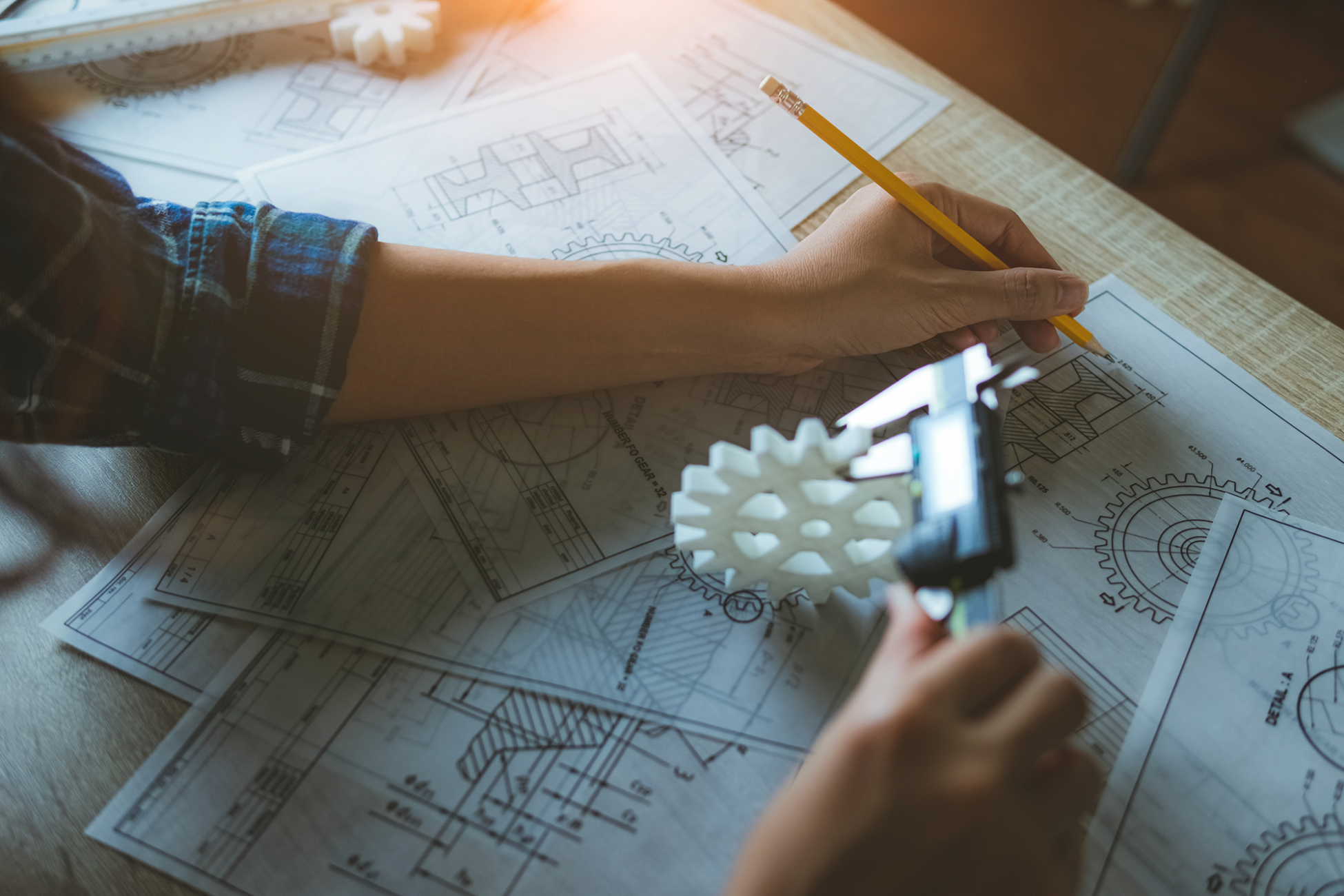Definition of accuracy in 3D printing
In 3D printing, the terms tolerance, accuracy, precision, and resolution are used as follows:
Accuracy: detail of a CAD file
Accuracy is about whether the 3D printed part exactly matches the dimensions in your CAD file, i.e., how big the deviations are.
Precision: reliability of the additive manufacturing process
Precision refers to the repeatability when components are printed several times. Example: How many of the 3D printed parts exactly match the required values when the same part is printed in a series of 1000 parts.
Tolerance: scope for deviation
How much is the margin for deviations? In which cases does the 3D printed component still perfectly fulfil the functionality with deviations? An example: A mechanical assembly that will be constantly moving must be produced more precisely than an additively manufactured case made of plastic.
Resolution = how thin the individual layers may be
The height of the individual layers a 3D printer produces components with. FDM printers can print layer heights of 0.1 mm without any problems. SLA printers produce with a layer height of ~ 25 µm.
We are convinced, that this information will help you to get exactly what you need. If you have any questions, please do not hesitate to contact one of our Solution Partners.
Jellypipe



